Engineering
- We engineer sustainable and technologically advanced solutions that exceed client expectations.
- Designing energy efficient systems that integrate performance, wellness, and sustainability.Providing safe, sustainable, high quality power solutions to the built environment.Engineering the backbone of buildings on the front lines of design and construction.
- Integrating the digital and physical worlds for meaningful interactions.Ensuring quality installation, functionality, and performance of building systems.Prioritizing sustainable design to better serve communities and give back to the planet.
Markets
- Specializing in the engineering and commissioning of critical systems infrastructure.Solving complex engineering challenges for K-12 public and private schools.Modernizing and shaping the future of higher education facilities.
- Enabling flexible, collaborative office spaces that inspire employees.Designing built environments for commercial, residential, and institutional uses.Delivering new construction, expansion & modernizations for transportation facilities.
- Engineering the modernization of senior living for thriving communities.Adapting spaces to new lab technology and ever-evolving scientific research.Enabling the development of new, renovated and upgraded health systems and medical facilities.
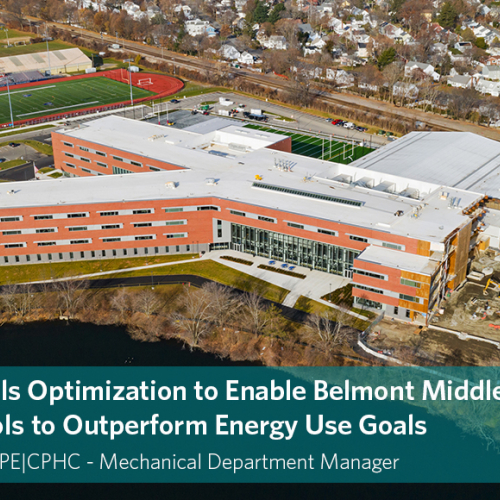
Using Controls Optimization to Enable Belmont Middle & High Schools to Outperform Energy Use Goals
Sean Sullivan, PE | CPHC | 12.17.2025
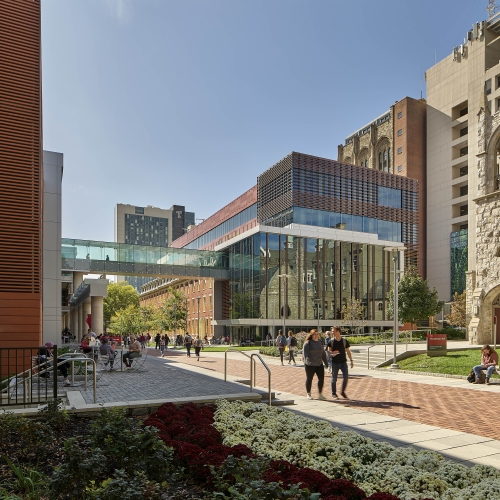
Facilities Teams are the Key to Higher Education Implementation of Aggressive Sustainability Goals
By: Elizabeth Larsen, M.S., LEED Green Associate | 9.18.2023
Higher education facilities managers and their teams are being challenged to adopt sustainability initiatives on expedited timelines to meet university leadership Net Zero commitments to staff, students and alumni. Sustainability initiatives are being seen today as a necessity to be competitive across academic institutions to attract the best candidates, which is paramount to the health and success of these organizations.
Additionally, many college and university presidents and chancellors… Read More
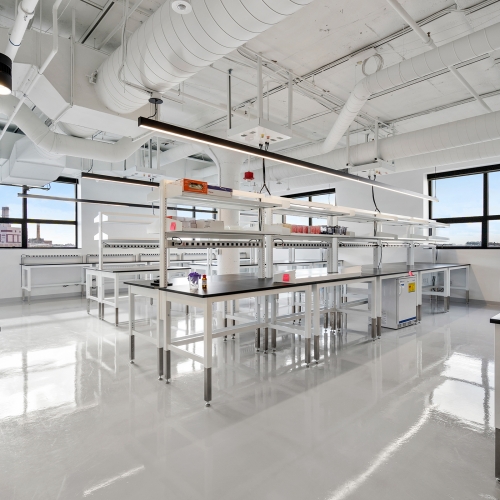
Decarbonizing Lab Design
Energy intense labs present owners, developers, and designers alike with a unique challenge to balance functional lab design with corporate sustainability goals, anticipated emissions reduction requirements, and energy codes. Now more than ever, converting offices to lab spaces requires new, more innovative, and future-focused design strategies. A creative and collaborative team is also imperative to meet unique lab needs during our industry’s ever-changing regulatory and construction cost… Read More
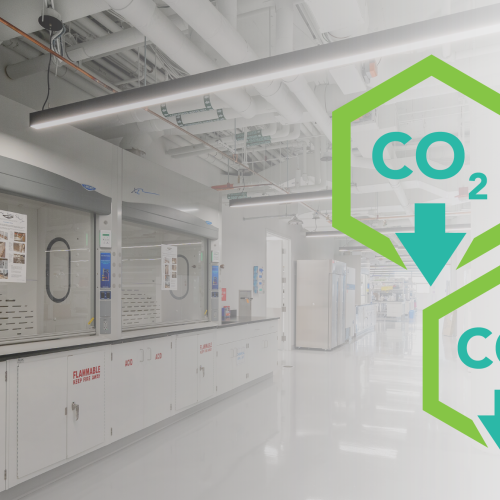
Decarbonizing Laboratory Design
By: Ciarán Smyth | 3.16.2023
Energy intense labs present owners, developers, and designers alike with a unique challenge to balance functional lab design with new emission reduction requirements and energy codes. Decarbonization of the building sector is being accelerated in New England by Boston’s BERDO 2.0 and new DOER Massachusetts Energy Codes which pose stringent building emissions limits and highly efficient energy standards. Now more than ever, converting offices to lab spaces, requires new, more innovative, and… Read More

Carbon - The New Sustainability Metric
By: Elizabeth Larsen | 8.16.2022
‘Carbon’ is the new sustainability metric. At Bala, we see the building industry transitioning from measuring a building’s “sustainability” based on its energy efficiency and energy use to a more comprehensive model that includes both the operational and embodied carbon from the building. With this critical shift, it’s important we understand the fundamental relationship between carbon and climate change and the frameworks of carbon measurement, as it relates to the built environment.
Carbon… Read More
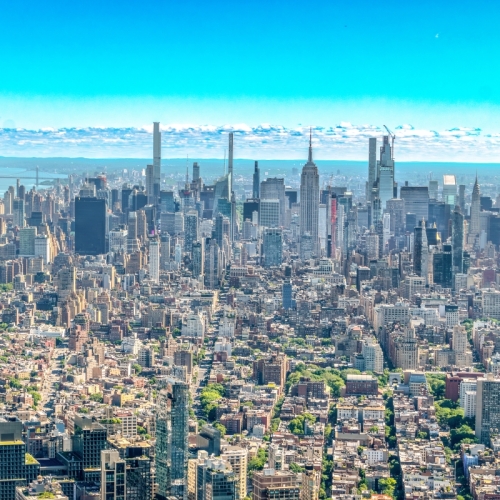
Local Law 97 Explained
By: Elizabeth Larsen | 4.29.2022
Effective November 15, 2019, New York City’s Local Law 97 (LL97) is one of many local climate action laws centered around protecting the environment, and subsequently people from the effects of climate change. LL97 is part of a long string of legislation dedicated to reducing energy use and greenhouse gas emissions from NYC buildings – including but not limited to: LL84, LL87, and now LL154.
LL84 (2009) – requires annual benchmarking of energy and water efficiency of buildings
LL87 (2009… Read More
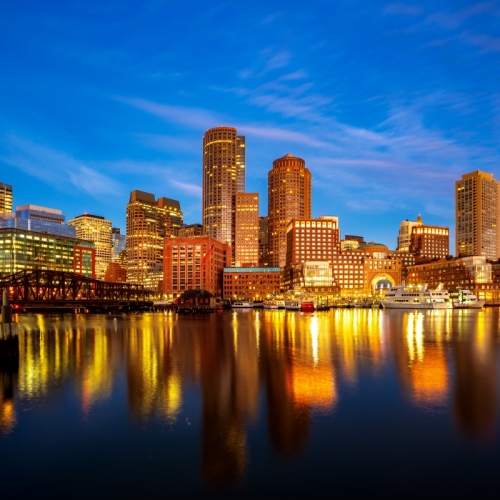
BERDO 2.0 Breakdown
By: Elizabeth Larsen | 4.29.2022
BERDO 2.0 is a landmark ordinance set to drive decarbonization in Boston's building sector by establishing mandatory carbon emission standards and requiring yearly energy and emissions data reports. To avoid costly fines, building owners need to prepare for the reporting requirements starting this year and consider strategies to meet upcoming emissions limits.
Bala’s team of integrated sustainability, energy, and commissioning engineers understand the implications of BERDO 2.0 for building… Read More
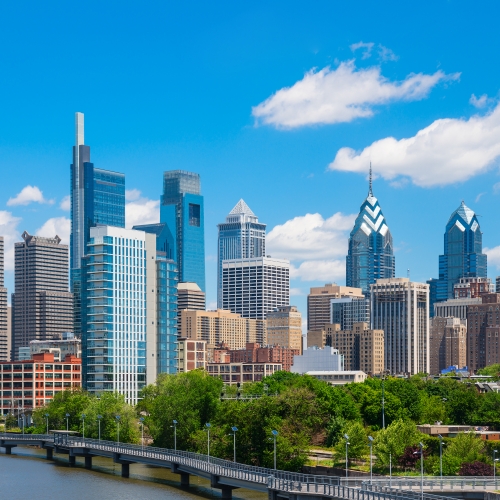
Preparing for Philadelphia’s Mandatory Building Tune-Up
By: Bala | 6.22.2021
Late in 2019, Philadelphia’s City Council passed Bill #190600, creating the new Building Energy Performance Program (BEPP). This program was developed to help achieve the city’s ambitious climate goal to reduce carbon emissions by 80% by 2050. According to the city’s Office of Sustainability, “once implemented, [the program] will cut carbon pollution in the City of Philadelphia by nearly 200,000 metric tons. This is the climate pollution equivalent of taking 40,000 automobiles off our roads… Read More
Adaptive Reuse | Mill 19
BY: Steve Anastasio | 9.24.2020
Bala has made it a priority to support the architectural team in achieving this mix of the past and present. So far with the first two buildings, Bala has worked through several design challenges while creating an interactive space for the tenants and pedestrians alike.
At the East end of the mill lies Building A, a 96,000 sq. ft three story laboratory and office space developed in collaboration with Carnegie Mellon University. This building contains a two story open high bay space for… Read More
© Bala Consulting Engineers, Inc.